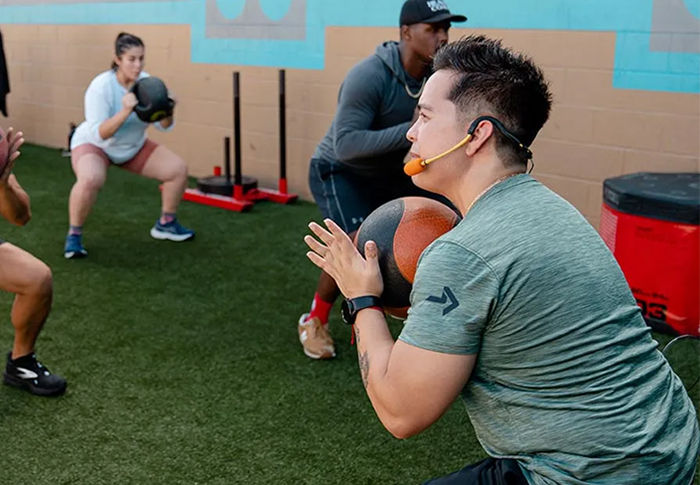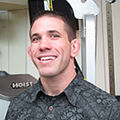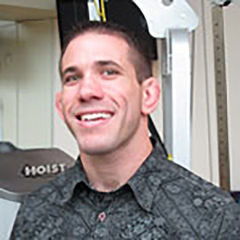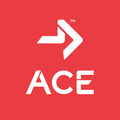|
Key Takeaways The American Heart Association and American College of Cardiology released new blood pressure guidelines. Here are the key takeaways for health coaches and exercise professionals:
|
In the United States, high blood pressure costs about 131 billion dollars each year and is a contributing cause of more than 660,000 deaths annually. In addition, nearly half of adults have high blood pressure or are taking a medication to treat the condition.
Since 1980, the American Heart Association (AHA) and American College of Cardiology (ACC) have collaborated to develop clinical practice guidelines based on available scientific evidence, with the most current set of blood pressure guidelines being released in 2025. Read on to learn about the latest updates and what they mean to you as a health coach or exercise professional.
Blood Pressure Categories
Even though diagnosing high blood pressure is outside the scope of practice for exercise professionals and health coaches, it is important to understand the thresholds presented in the Blood Pressure Categories table, paying special attention to the severe hypertension and hypertensive emergency categories. You’ll notice in the footnotes to the table that those categories exclude individuals who are pregnant, so be sure to refer to the full guidelines when working with clients who are pregnant.
Cause of hypertension
The cause of hypertension is complex and is related to a combination of factors involving chronic stress, genetics and lifestyle choices. However, even in those with a genetic predisposition toward high blood pressure, adopting healthy lifestyle behaviors can prevent hypertension. In fact, lifestyle change is a point of emphasis in the new guidelines.
These lifestyle changes include the following:
- A 5% reduction in body weight for those with overweight and obesity
- Adopting a heart-healthy diet such as the Dietary Approaches to Stop Hypertension (DASH) eating plan
- Consuming less than 2,300 mg of sodium per day with an eventual target of less than 1,500 mg per day
- Consuming 3,500 to 5,000 mg per day of dietary potassium
- Meeting physical activity guidelines (≥150 minutes of moderate-intensity cardiorespiratory activity per week and resistance exercise ≥2 days per week)
- Managing stress
- Reducing alcohol intake to no more than one drink per day for women and two drinks per day for men while pursuing a goal of abstinence
Refer to the guidelines for information on how each of these lifestyle changes can impact a client’s blood pressure.
Risk Calculator
Another important update is the use of the PREVENT risk calculator for determining cardiovascular disease risk. This tool calculates 10-year risk of developing cardiovascular disease and can be used by clinicians to inform management decisions for those with stage 1 hypertension.
The use of medication in addition to lifestyle interventions is recommended for all individuals with an average blood pressure ≥140/90 mmHg and/or for those with an average blood pressure of ≥130/80 mmHg with previous stroke, diabetes, cardiovascular disease, chronic kidney disease or an increased predicted cardiovascular risk based on a PREVENT score of ≥7.5%. For individuals with a score below 7.5%, lifestyle interventions are recommended first for three to six months. If they are not at their goal blood pressure within that timeframe, medication should be initiated in conjunction with lifestyle change.
A Call to Action
With the release of these new guidelines, there is also a renewed call to action for multidisciplinary team–based care and collaboration. This is important for health coaches and exercise professionals because it provides a bridge between clinical settings and the work of other well-qualified professionals. With expanded calls for lifestyle behavior change as initial and ongoing treatment, ACE Certified Professionals are uniquely positioned to support clients in their communities and beyond to reduce barriers to effectively managing hypertension.
Preventing, detecting and managing high blood pressure is an important component of helping people to live healthier lives. As an exercise professional or health coach, you may play a role in all aspects of these new guidelines. You can use the ACE ABC Approach™ to find out more information from your clients, break down barriers and collaborate to set actionable goals. You may also serve as an important point of contact for initiating referrals to obtain a hypertension diagnosis and medical evaluation when needed.
 |
Learn how to develop physical activity and nutrition coaching skills to empower clients to achieve the long-term, healthy lifestyle change recommended by the AHA and ACC with ACE's Health Coach Certification. |




 by
by 






 by
by